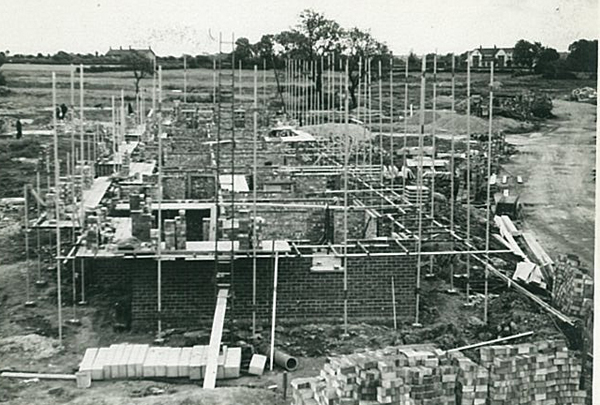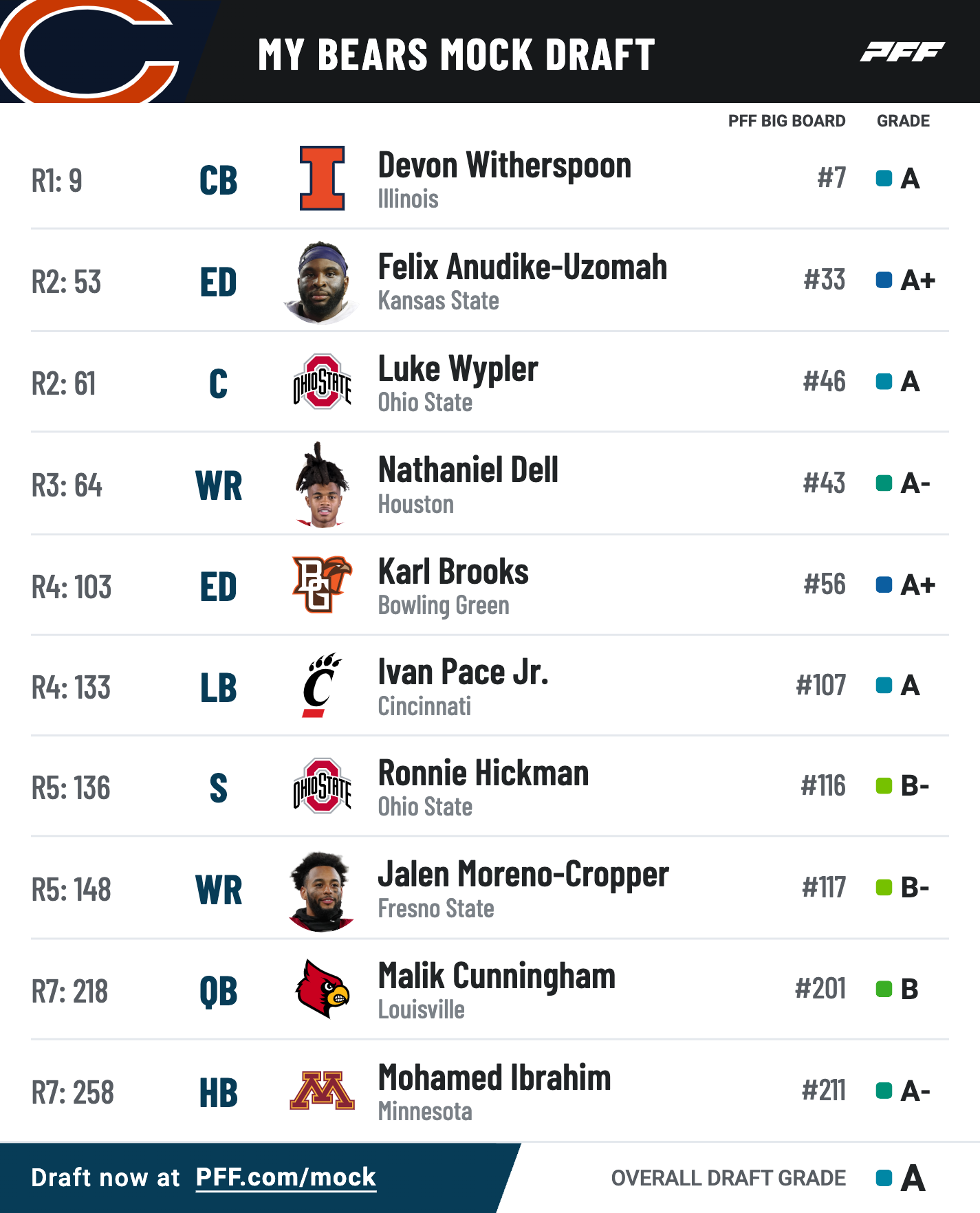Banning Old Petrol Cars: Lessons From Delhi For Other Indian Cities

Table of Contents
Delhi's Old Vehicle Ban: A Deep Dive
The Rationale Behind the Ban
Delhi's notoriously poor air quality is a significant public health concern. Alarming levels of air pollution, particularly PM2.5 particulate matter, contribute to respiratory illnesses, cardiovascular diseases, and other health problems. The government's decision to ban older petrol and diesel vehicles stemmed from scientific evidence directly linking vehicle emissions to these detrimental health effects.
- Statistics: Delhi's PM2.5 levels frequently exceed the World Health Organization's safe limits by several times. Reports from the Central Pollution Control Board (CPCB) and various research institutions consistently highlight the severe impact of vehicular pollution on Delhi's air quality.
- Government Aims: The primary goal of the ban was to significantly reduce pollution levels, leading to improved public health outcomes. The initiative also aimed to promote a shift towards cleaner transportation options, encouraging the adoption of electric vehicles and improving public transport infrastructure.
Implementation Strategies and Challenges
Implementing the ban presented significant logistical and social challenges. The government employed various strategies, including:
- Vehicle Identification: Enforcement relied on identifying older vehicles through registration numbers and physical inspections.
- Penalties: Violators faced hefty fines and vehicle impoundment.
- Public Awareness Campaigns: Extensive campaigns were launched to educate the public about the ban and encourage compliance.
- Technological Aids: While not fully implemented across the board initially, the use of technology such as RFID tags and mobile applications was explored for better monitoring and enforcement.
However, the implementation also faced considerable hurdles:
- Public Resistance: Many vehicle owners resisted the ban, citing economic hardship and lack of suitable alternatives.
- Inadequate Public Transport: The absence of a comprehensive and reliable public transport system hampered the effectiveness of the ban, as many were forced to continue using their private vehicles.
Impact on Air Quality
Assessing the ban's impact on air quality requires careful analysis. While conclusive data is still being gathered and analyzed, some initial observations can be made:
- Data Comparison: Studies comparing air quality data before and after the ban show a mixed impact. While some pollutants saw a reduction, others remained stubbornly high, indicating the need for a multi-pronged approach.
- Impact on Different Pollutants: The impact varied across different pollutants, with some showing a more significant reduction than others. This highlights the complexities of air pollution and the need for targeted interventions.
- Limitations: The effectiveness of the ban was partly limited by factors beyond its control, including weather patterns, seasonal variations, and construction activities.
Lessons Learned and Best Practices for Other Cities
The Importance of Public Transportation
A successful ban on older petrol cars necessitates a robust and affordable public transport network. Delhi's experience highlighted the critical need for:
- Increased Bus Frequency: More frequent and reliable bus services are essential to provide viable alternatives to private vehicles.
- Metro Expansion: Expanding metro rail networks is crucial for efficient mass transit within cities.
- Improved Cycling Infrastructure: Investing in dedicated cycling lanes and promoting cycling as a mode of transportation can significantly reduce traffic congestion and emissions.
Phased Implementation and Public Engagement
Gradual implementation and effective public communication are vital for minimizing disruption and garnering public support.
- Phased Approach: A phased approach, based on vehicle age and emission standards, can help alleviate the immediate economic impact on citizens and allow for smoother transitions.
- Citizen Engagement: Engaging citizens through consultations, feedback mechanisms, and addressing concerns proactively fosters better understanding and compliance.
- Incentives: Offering incentives for switching to cleaner vehicles, such as subsidies or tax breaks, can significantly encourage adoption.
Technological Solutions and Enforcement
Technology plays a crucial role in monitoring emissions and enforcing bans effectively.
- Advanced Monitoring Systems: Implementing real-time air quality monitoring systems provides valuable data for evaluating the effectiveness of policies.
- Digital Enforcement Tools: Utilizing technology for vehicle identification, tracking, and penalty enforcement can improve efficiency and transparency.
- Resources and Personnel: Adequate resources and well-trained personnel are necessary for effective implementation and enforcement.
Adapting the Delhi Model to Different Urban Contexts
Considering City-Specific Needs
A one-size-fits-all approach is unrealistic. Each city possesses unique characteristics that must be considered.
- Population Density: Cities with higher population densities may require more aggressive strategies than those with lower densities.
- Existing Infrastructure: The existing public transport infrastructure and its capacity to handle increased demand will influence the pace and scope of the ban.
- Economic Conditions: Economic factors need to be considered to minimize the impact on lower-income communities.
- Geographical Factors: Geographical constraints and urban sprawl can affect the feasibility of certain measures.
The Role of the Automobile Industry
Collaboration with the automobile industry is essential for a smooth transition to cleaner vehicles.
- Government Incentives: Governments should offer incentives for electric vehicle adoption and the development of charging infrastructure.
- Industry Collaboration: Collaboration with manufacturers is vital to create more affordable and accessible electric vehicles.
Conclusion
Delhi's experiment with banning old petrol cars offers valuable insights for other Indian cities. While implementation challenges existed, the initiative underscores the necessity for holistic strategies encompassing robust public transport, technological advancements, phased implementation, and strong public engagement. A city-specific adaptation of the Delhi model, emphasizing a sustainable shift towards cleaner vehicles and improved public transit, is crucial to address India's air quality crisis effectively. By learning from Delhi's experiences and adopting a tailored approach, other Indian cities can successfully tackle the challenge of banning old petrol cars and create healthier, more sustainable urban environments. The success of such initiatives hinges on a collaborative effort between government, industry, and citizens, working together towards a cleaner, greener future.

Featured Posts
-
 Palestinian Students Detention Extended After Us Citizenship Interview Arrest
Apr 25, 2025
Palestinian Students Detention Extended After Us Citizenship Interview Arrest
Apr 25, 2025 -
 Newton Aycliffes Clique Salon Featured In The Echos Top Ten
Apr 25, 2025
Newton Aycliffes Clique Salon Featured In The Echos Top Ten
Apr 25, 2025 -
 Broncos Promising Draft Choice An Espn Mock Draft Perspective
Apr 25, 2025
Broncos Promising Draft Choice An Espn Mock Draft Perspective
Apr 25, 2025 -
 Actors Strike Hollywood Faces A Summer Of Production Delays
Apr 25, 2025
Actors Strike Hollywood Faces A Summer Of Production Delays
Apr 25, 2025 -
 Jack O Connell Cast In Godzilla X Kong Sequel
Apr 25, 2025
Jack O Connell Cast In Godzilla X Kong Sequel
Apr 25, 2025
Latest Posts
-
 Elizabeth City Road Double Pedestrian Fatality Following Accident
May 10, 2025
Elizabeth City Road Double Pedestrian Fatality Following Accident
May 10, 2025 -
 Fatal Elizabeth City Collision Driver Hits Two Pedestrians
May 10, 2025
Fatal Elizabeth City Collision Driver Hits Two Pedestrians
May 10, 2025 -
 Two Pedestrians Killed In Elizabeth City Road Accident
May 10, 2025
Two Pedestrians Killed In Elizabeth City Road Accident
May 10, 2025 -
 A New Look For The Queen Elizabeth 2 Inside The Refurbished Cruise Ship
May 10, 2025
A New Look For The Queen Elizabeth 2 Inside The Refurbished Cruise Ship
May 10, 2025 -
 Improving Wheelchair Access On The Elizabeth Line A Guide For Passengers
May 10, 2025
Improving Wheelchair Access On The Elizabeth Line A Guide For Passengers
May 10, 2025
